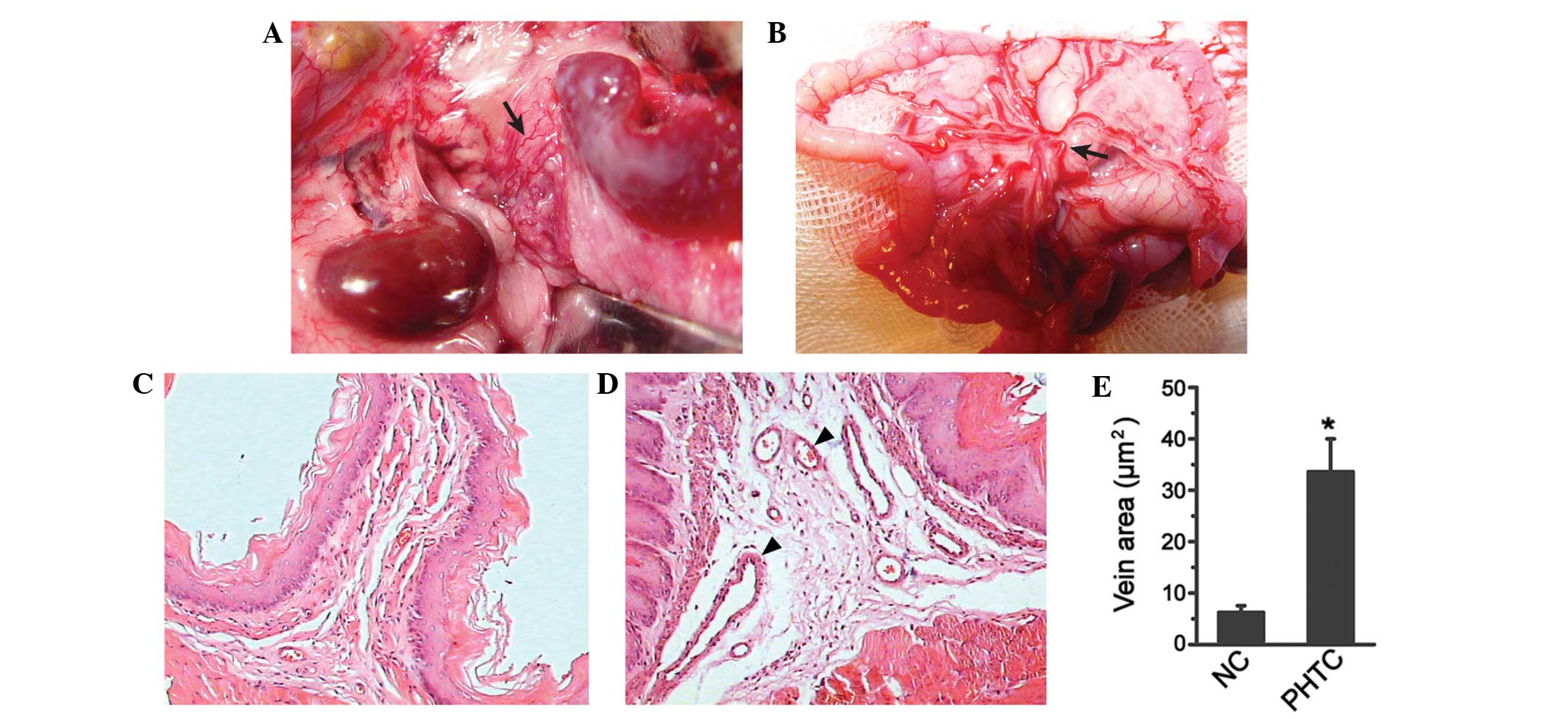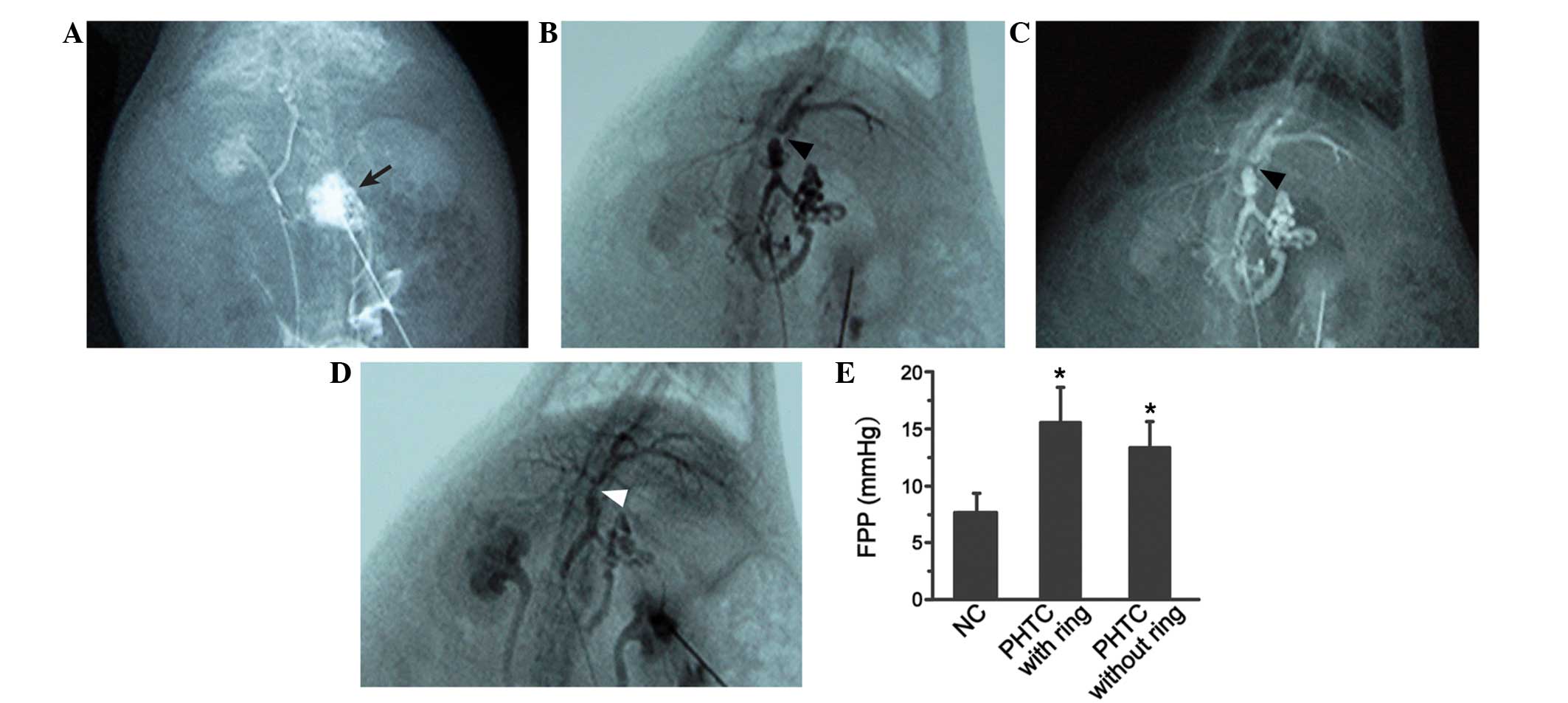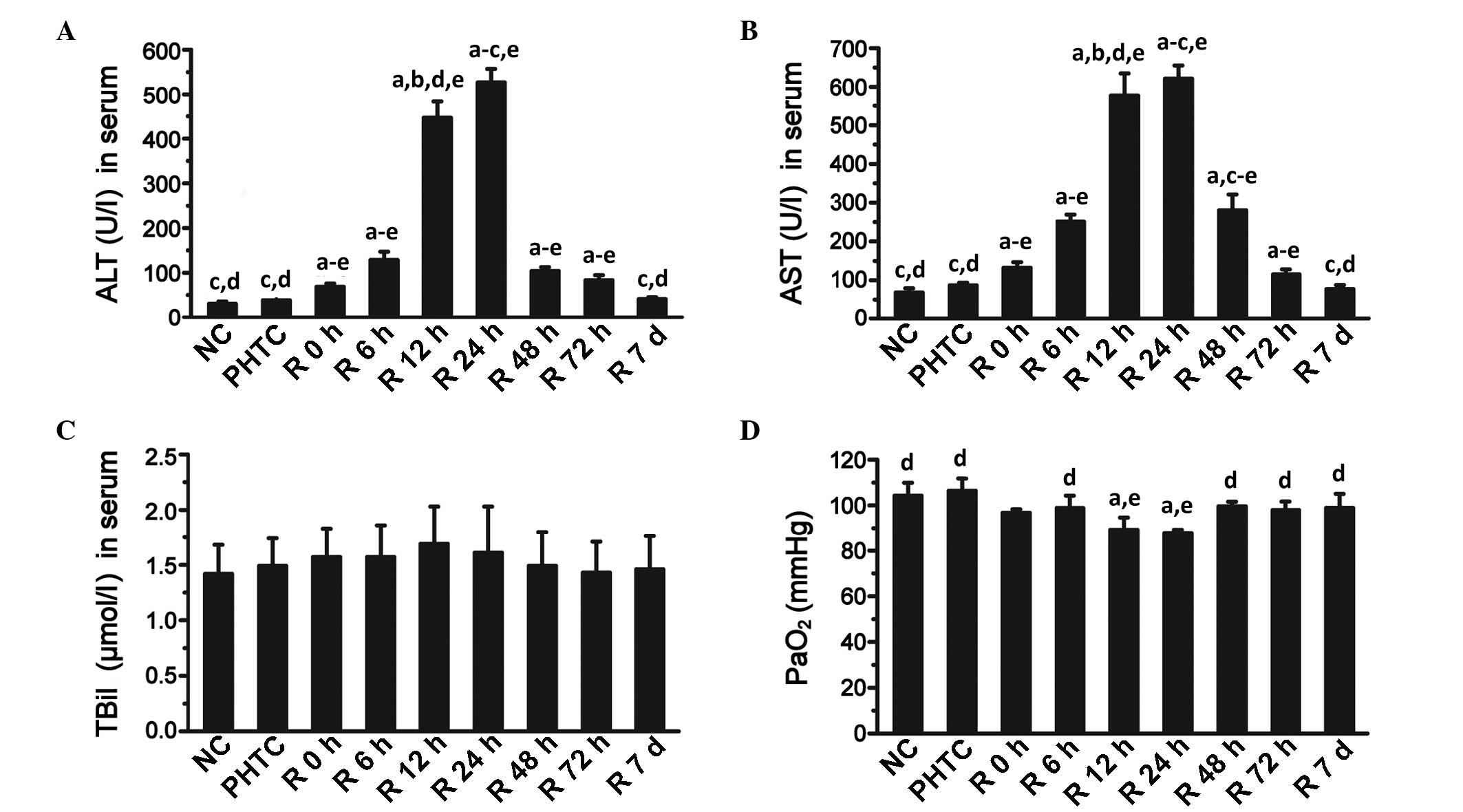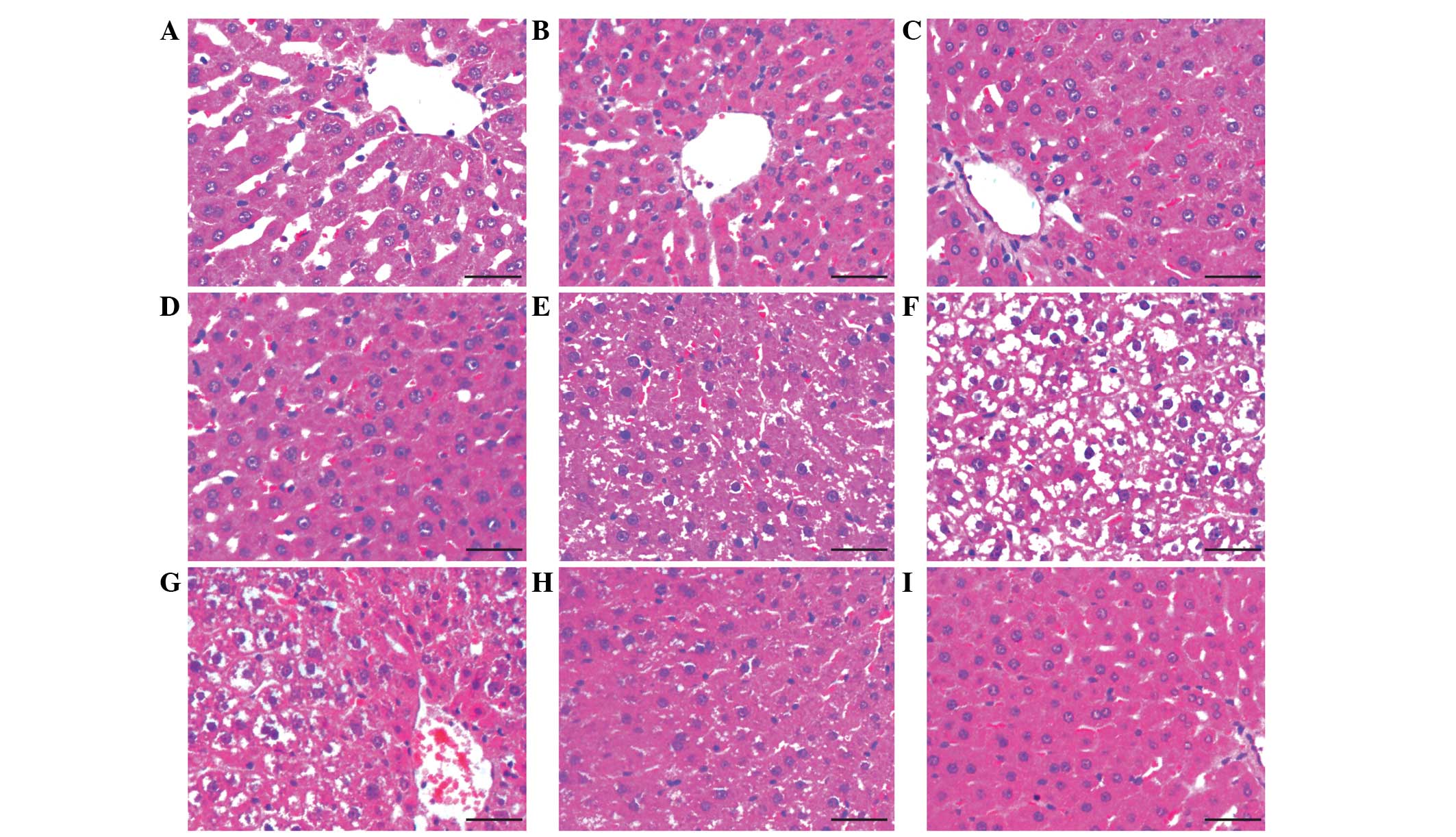|
1
|
Kim DY, Huh IY, Cho YW, Park ES, Park SE,
Nah YW and Park CR: Experience without using venoveno bypass in
adult orthotopic liver transplantation. Korean J Anesthesiol.
60:19–24. 2011. View Article : Google Scholar : PubMed/NCBI
|
|
2
|
Kim HJ and Lee HW: Important predictor of
mortality in patients with end-stage liver disease. Clin Mol
Hepatol. 19:105–115. 2013. View Article : Google Scholar : PubMed/NCBI
|
|
3
|
Chen ZS, Zeng FJ, Ming CS, Lin ZB, Zhang
WJ, Wei L, Jiang JP, Zhu XH, Gong NQ, Liu B, et al: Classic
orthotopic liver transplantation without venovenous bypass: A
report of 45 cases. Transplant Proc. 35:364–365. 2003. View Article : Google Scholar : PubMed/NCBI
|
|
4
|
Wall WJ, Grant DR, Duff JH, Kutt JL, Ghent
CN and Bloch MS: Liver transplantation without venous bypass.
Transplantation. 43:56–61. 1987. View Article : Google Scholar : PubMed/NCBI
|
|
5
|
Wang Y, Liu Y, Han R, Zhu Z, Zhang Y, Wang
X, Wang L and Shen Z: Hemostatic variation during perioperative
period of orthotopic liver transplantation without venovenous
bypass. Thromb Res. 122:161–166. 2008. View Article : Google Scholar : PubMed/NCBI
|
|
6
|
Abraldes JG, Pasarín M and García-Pagán
JC: Animal models of portal hypertension. World J Gastroenterol.
12:6577–6584. 2006. View Article : Google Scholar : PubMed/NCBI
|
|
7
|
Zhai Y, Petrowsky H, Hong JC, Busuttil RW
and Kupiec-Weglinski JW: Ischaemia-reperfusion injury in liver
transplantation - from bench to bedside. Nat Rev Gastroenterol
Hepatol. 10:79–89. 2013. View Article : Google Scholar : PubMed/NCBI
|
|
8
|
Deng G, Huang XJ, Luo HW, Huang FZ, Liu XY
and Wang YH: Amelioration of carbon tetrachloride-induced cirrhosis
and portal hypertension in rat using adenoviral gene transfer of
Akt. World J Gastroenterol. 19:7778–7787. 2013. View Article : Google Scholar : PubMed/NCBI
|
|
9
|
Gao W, Li HY, Wang LX, Hao LJ, Gao JL,
Zheng RJ, Cai CJ and Si YL: Protective effect of omeprazole on
gastric mucosal of cirrhotic portal hypertension rats. Asian Pac J
Trop Med. 7:402–406. 2014. View Article : Google Scholar : PubMed/NCBI
|
|
10
|
Wang XB, Liu P, Tang ZP, Li FH, Liu CH, Hu
YY and Xu LM: Cordyceps mycelia extract decreases portal
hypertension in rats with dimethylnitrosamine-induced liver
cirrhosis: A study on its histological basis. Zhong Xi Yi Jie He
Xue Bao. 6:1136–1144. 2008.(In Chinese). View Article : Google Scholar : PubMed/NCBI
|
|
11
|
Domenicali M, Caraceni P, Giannone F,
Baldassarre M, Lucchetti G, Quarta C, Patti C, Catani L, Nanni C,
Lemoli RM and Bernardi M: A novel model of CCl4-induced
cirrhosis with ascites in the mouse. J Hepatol. 51:991–999. 2009.
View Article : Google Scholar : PubMed/NCBI
|
|
12
|
Méndez M, Méndez-López M, López L, Aller
MA, Arias J and Arias JL: Working memory impairment and reduced
hippocampal and prefrontal cortex c-Fos expression in a rat model
of cirrhosis. Physiol Behav. 95:302–307. 2008. View Article : Google Scholar : PubMed/NCBI
|
|
13
|
Van de Casteele M, Sägesser H, Zimmermann
H and Reichen J: Characterisation of portal hypertension models by
microspheres in anaesthetised rats: A comparison of liver flow.
Pharmacol Ther. 90:35–43. 2001. View Article : Google Scholar : PubMed/NCBI
|
|
14
|
Davies NA, Hodges SJ, Pitsillides AA,
Mookerjee RP, Jalan R and Mehdizadeh S: Hepatic guanylate cyclase
activity is decreased in a model of cirrhosis: A quantitative
cytochemistry study. FEBS Lett. 580:2123–2128. 2006. View Article : Google Scholar : PubMed/NCBI
|
|
15
|
Wen Z, Zhang JZ, Xia HM, Yang CX and Chen
YJ: Stability of a rat model of prehepatic portal hypertension
caused by partial ligation of the portal vein. World J
Gastroenterol. 15:4049–4054. 2009. View Article : Google Scholar : PubMed/NCBI
|
|
16
|
Francque S, Wamutu S, Chatterjee S, Van
Marck E, Herman A, Ramon A, Jung A, Vermeulen W, De Winter B,
Pelckmans P and Michielsen P: Non-alcoholic steatohepatitis induces
non-fibrosis-related portal hypertension associated with splanchnic
vasodilation and signs of a hyperdynamic circulation in vitro and
in vivo in a rat model. Liver Int. 30:365–375. 2010. View Article : Google Scholar : PubMed/NCBI
|
|
17
|
Li XN, Benjamin I and Alexander B: A new
rat model of portal hypertension induced by intraportal injection
of microspheres. World J Gastroenterol. 4:66–69. 1998. View Article : Google Scholar : PubMed/NCBI
|
|
18
|
Ito T, Kiuchi T, Yamamoto H, Oike F, Ogura
Y, Fujimoto Y, Hirohashi K and Tanaka AK: Changes in portal venous
pressure in the early phase after living donor liver
transplantation: pathogenesis and clinical implications.
Transplantation. 75:1313–1317. 2003. View Article : Google Scholar : PubMed/NCBI
|



















